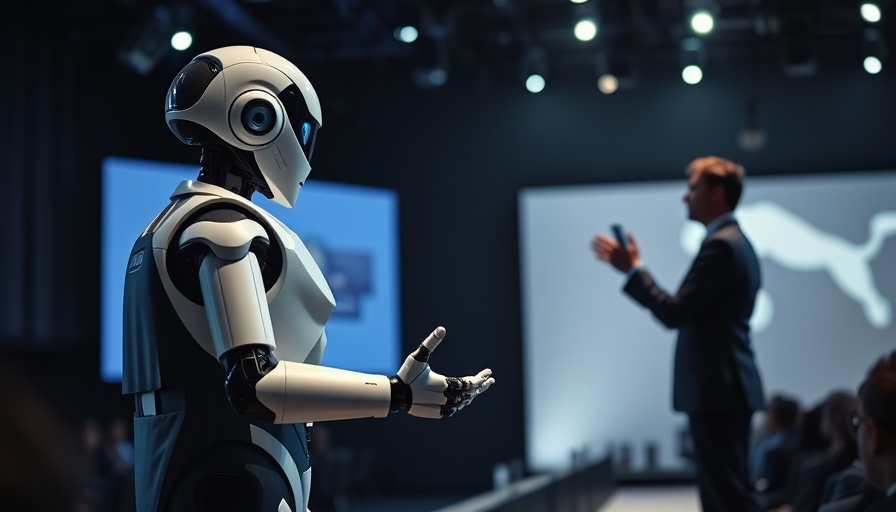
Emergence AI: A New Era of Automation
The rapidly evolving world of artificial intelligence has reached an exciting milestone with the introduction of Emergence AI, a platform capable of autonomously generating other AI agents in real-time. Founded by experts from IBM, this groundbreaking technology offers a no-code interface, making the process of creating AI tools accessible to a wider range of enterprises. At the helm of this innovation is what they refer to as the orchestrator, a sophisticated engine that not only evaluates tasks but also determines the resources required to achieve them.
In Self-Building AI Just Shocked Experts: The Future of Automation Is Here!, the video dives into the groundbreaking technology behind Emergence AI, prompting us to analyze its implications for future automation strategies.
How Does Recursive Intelligence Work?
The power of Emergence AI lies in its recursive intelligence, allowing the system to consult an internal registry of existing agents before creating new ones. If a specific task cannot be accomplished with the available tools, the orchestrator generates new agents on-the-fly using cutting-edge language models such as OpenAI's GPT-4.5 and Meta's Llama 3.3. This approach not only facilitates a more dynamic workflow but also minimizes redundancy and inefficiency typically associated with multi-agent systems.
Automating Complex Workflows
What sets Emergence AI apart is its focus on enterprise applications, specifically in automating data-intensive and repetitive workflows. Organizations can expect to see improvements in tasks such as ETL pipeline creation, data migrations, and dashboard construction from raw data sets. The platform reduces the need for manual coding by providing operational solutions that run end-to-end, paired with checkpoints for human validation when necessary. This truly addresses the ongoing demand for efficiency and adaptability in an ever-competitive market.
The Benefits of No-Code Interfaces
Emergence AI's accessible interface enables R&D directors and innovation executives to engage with advanced technology without needing extensive programming knowledge. By simply describing a goal using natural language, users can interact seamlessly with the orchestrator. This democratization of technology means that teams can solve complex problems faster and better leverage their resources, ultimately leading to higher productivity and innovation.
Future Trends and Predictions
The future looks bright for Emergence AI as an increasing number of enterprises recognize the need for agile AI solutions. According to a recent Gartner report, it’s anticipated that over 70% of organizations will implement some form of AI agent framework by the end of 2025, a marked increase from just 12% in 2023. As the need for adaptable technology solutions grows, innovations like Emergence AI could redefine how businesses operate, allowing them to anticipate and react to market changes with unprecedented speed.
In conclusion, the emergence of self-building AI systems marks a pivotal shift in enterprise automation. By ensuring that automation evolves alongside task complexity, these systems prompt a re-evaluation of workflows across industries. As R&D directors and tech investors explore the implications of this technology, the question moves beyond what AI can do—it's about what we are prepared to trust AI to handle. We're excited to witness these developments unfold.
 Add Row
Add Row  Add
Add 




 Add Row
Add Row  Add
Add 

Write A Comment